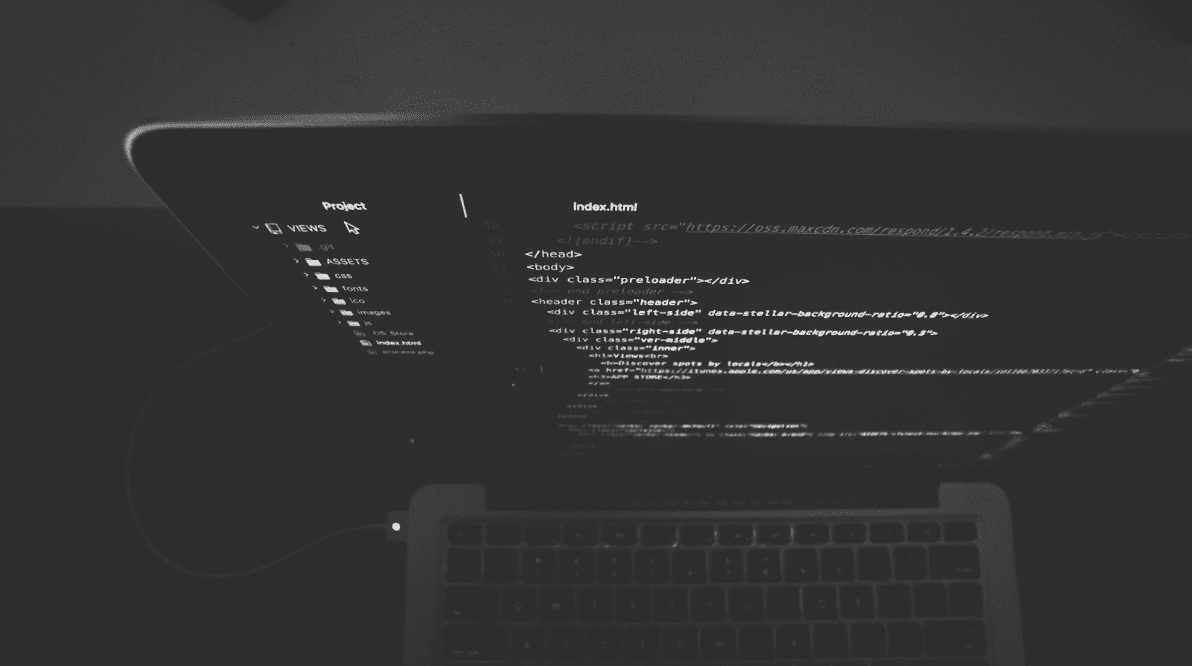The benefits of continuous integration and delivery in software development
What is continuous integration?
Continuous integration is a development process that encourages developers to integrate code into a shared mainline, which allows for the code(s) to be trailed and tested multiple times a day.
What are the benefits of continuous integration and delivery in software development?
Faster releases.
Regular testing allows for faster releases as changes are integrated and tested more frequently. This means that deadlines can often be brought forward.
Improved collaboration.
Continuous integration requires developers to add code into a shared mainline, which promotes better collaboration between different teams.
Reduced risk.
Continuous integration helps developers identify issues sooner rather than later. This means that bugs and other issues are resolved early in the development cycle.
Improved quality.
To the same effect, continuous integration improves the quality of the software as changes are tested and integrated more frequently. This means it’s instrumental in improving client satisfaction rates.
Increased efficiency.
Continuous integration can automate time-consuming, repetitive tasks and reduce manual effort. As a result, it also promotes higher levels of efficiency across the board.
Better visibility.
Continuous integration allows developers to see their changes’ impact in real-time, allowing for better visibility throughout each stage of the development process.
Improved user experience.
Continuous integration brings bugs and errors to light, allowing them to be remedied quickly – before they impact the user experience.
Increased productivity.
Continuous integration reduces the amount of time that employees spend on manual integration and testing tasks. This allows for heightened productivity and can also reduce burnout.
Enhanced security.
Security issues are also caught more frequently when using continuous integration software. This ensures that all security protocols are upheld.
Improved compliance.
Continuous integration ensures that all software is built and tested in accordance with pre-established standards and regulations. As such, this can improve compliance.




